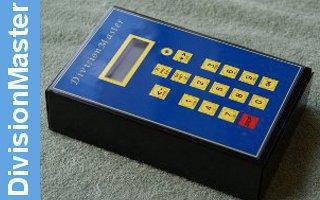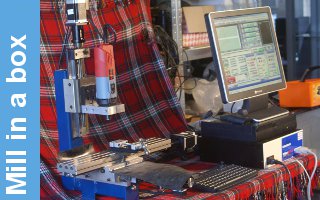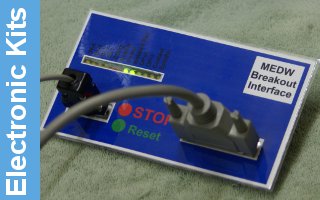HRP Boiler Building
The boiler is built in three stages:-
(1) Fit the outer wrapper plate to the main tube and form and rivet the throat plate in place against the main tube and front edge of the wrapper, braze up inside and out using common high melting point rod (Sifbronze). Throat plates can be formed outside or inside the main tube, the latter being the easiest. The boiler lagging plates butt up against the throat plate covering the flanges.
(2) Form the firebox and rivet together, spacing the rivets at approximately 1" pitch (the strength is in the brazing, rivets alone give little strength in thin copper boilers). Rivet the firehole ring to the back of the firebox, braze up inside and outside with Sifbronze rod, sealing the seams neatly and making a powerful fillet around the outside of the firehole ring.
Now position the tubes in the front of the firebox (tube-plate) and align the front end of the tubes by sliding the ready drilled front tubeplate over them. The front tubeplate should be packed up so as to hold the front end of the tubes in the same relative position to the firebox as they will be in the finished boiler. Next arrange that the tube ends in the firebox shall protude inside to approximately ", next pre-heat the firebox internally, and when generally hot use your oxy-acetylene flame around the tube area of the front tubeplate. Keeping the flame well back and constantly on the move, introduce Sifcupron or Silver Solder to the tubes outside (at the junction of the firebox). The rod can be fed in from all points around the tube cluster and once it has flowed to some extent over them all, it will be possible to up-end this assembly with the tubes resting down, and a support under the firebox, to prevent any movement. To finish off simply work from inside the firebox, and with your flame on the move, apply rod to all the tubes and watch the liquid metal run round each and every tube in turn, forming a perfect seal and penetrating right through to the other side. When cool, remove the front tubeplate and this assembly is now ready for stage (3).
(3) Position the firebox in the first assembly, slide the front tubeplate over the tube ends and inside the main boiler tube, (see drawing No. 2) position and drill through and fit 4 x y rivets around the tubeplate to locate; an easy method is to drill y holes, then squeeze the rivets just below the head in the corner of the vice jaws, these will then drive into the holes and remain there during brazing. Fit the back plate, and rivet where possible, otherwise drill and screw 2 B.A. through both plates and fit short lengths of 2 B.A. copper studding (made from 3/16" rod). This is an ideal method down the sides of the boiler between the hornplates; well countersink so as to ensure a good seal. The firehole may be attached to the backplate by drilling and tapping for 6 x 2 B.A. copper studs, screwing into blind tapped holes in the firehole casting and being simply cut off flush with the back-plate after countersinking and tapping. Fit the foundation ring and secure it with 1/8" copper rivets at 1" pitch; the formed heads being inside and the outside of rivets being cut off flush with the outer plates and the seal being achieved in a countersink. At this stage fit the crown stays and longditudinal stays also all the firebox stays, followed by all the blind bushes where used (e.g: for spectacle plate fixings, firedoor bolts, etc.). Any stays needing formed heads such as crown stays, may be made by forming rod in the lathe after annealing or by forming them over with a hammer.
On the subject of boiler stays, the well versed model engineer with ample experience in brazing may well consider threaded stays in copper boilers as unnecessary. It is a fact that many professional boiler makers do not use threaded stays in copper boilers, and there is no doubt that with modern brazing rods correctly applied, there is no need for threading. However, from the point of view of safety, good model boiler designers will specify threaded stays, since they cannot have any knowledge of the quality of brazing applied to boilers made to their design.
The third stage of brazing is now carried out using a lower temperature rod, silver solder is satisfactory but very costly. Other rods are cheaper and ideally suitable, one of which is Sifcupron 17 made by S.I.F. (Suffolk Iron Foundry); this particular rod flows very freely on brass and copper and needs no flux. The whole idea is that this final brazing operation is carried out at a temperature which will not melt the first two stages of brazing.
There are various ways of securing the cylinder to your boiler barrel, the two common ones being (1) to fit an extra copper plate inside the boiler barrel directly below the cylinder (the same procedure for the wayshaft bracket) thus there will be a double thickness for screwing the boiler securing studs, into. (2) to fit copper blind bushes to receive each and every boiler securing stud. This method is good in that there are no sources of leak around the cylinder base (also the wayshaft), but has the drawback that the boiler must be assembled with the various applicable motion components; the cylinder then being correctly positioned and aligned so as to jig drill through the base for these blind bushes. It will then be necessary to dismantle and finally braze the bushes.








